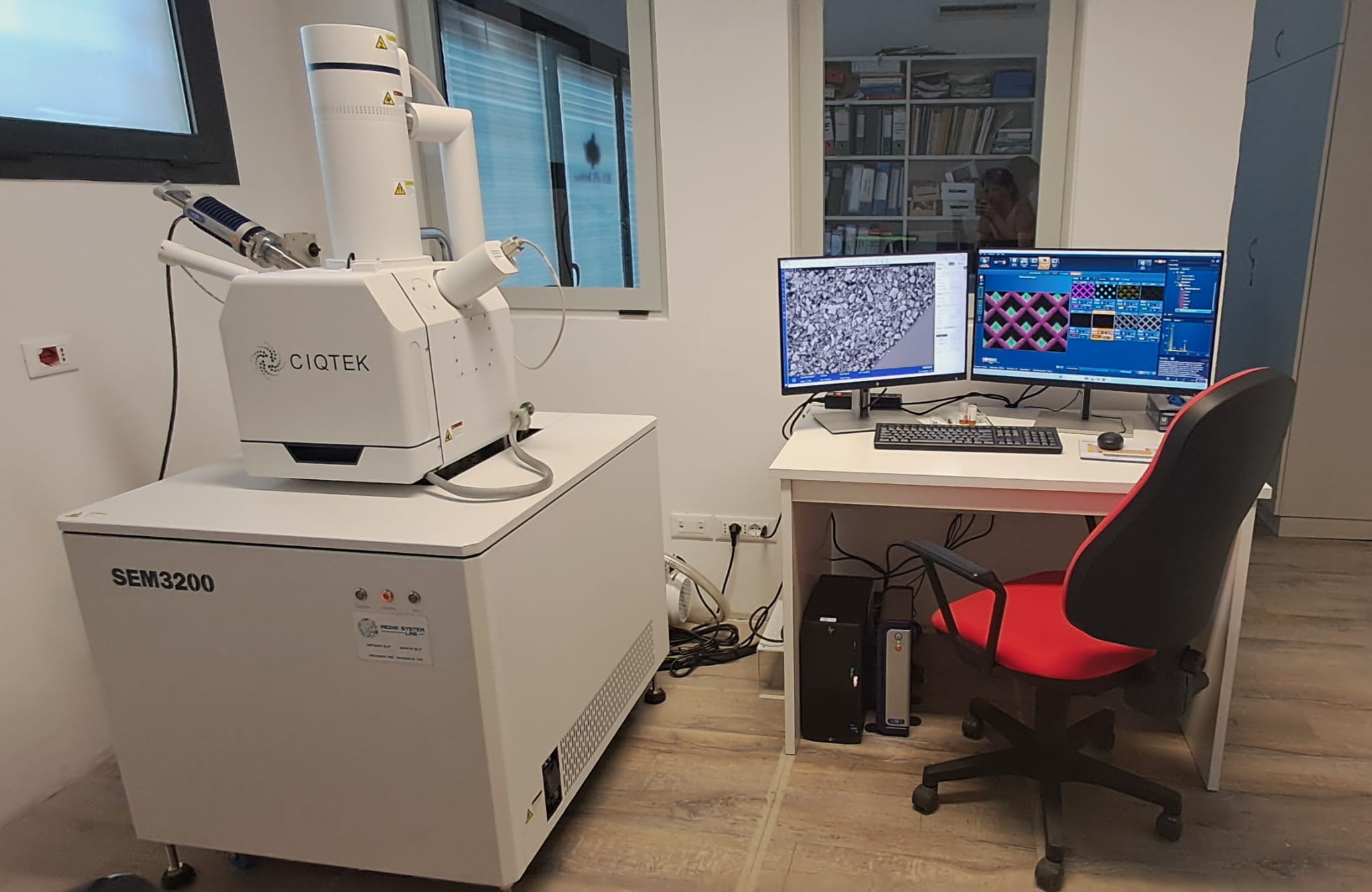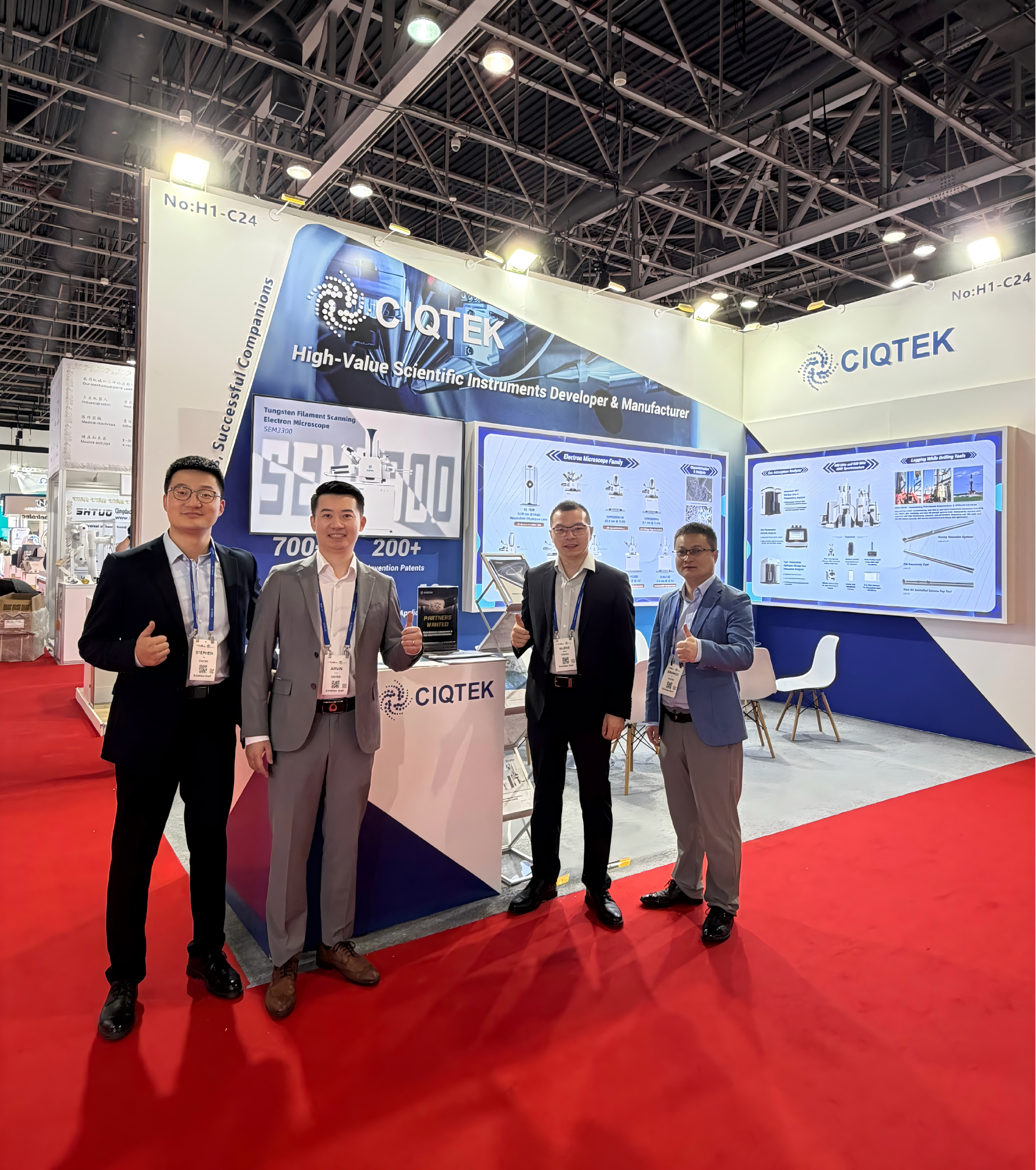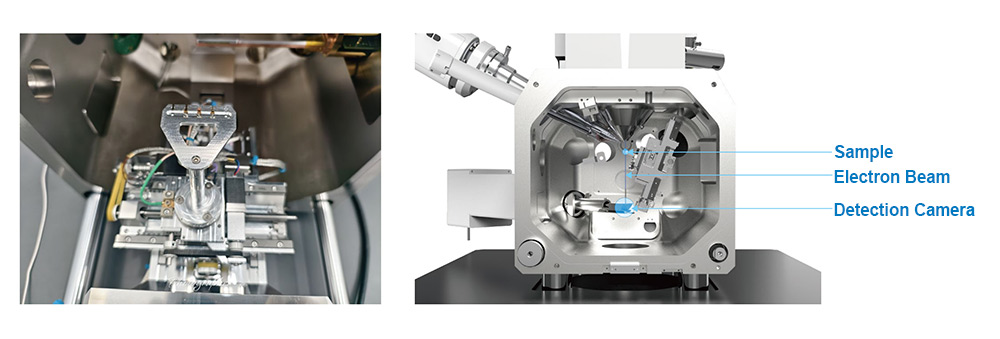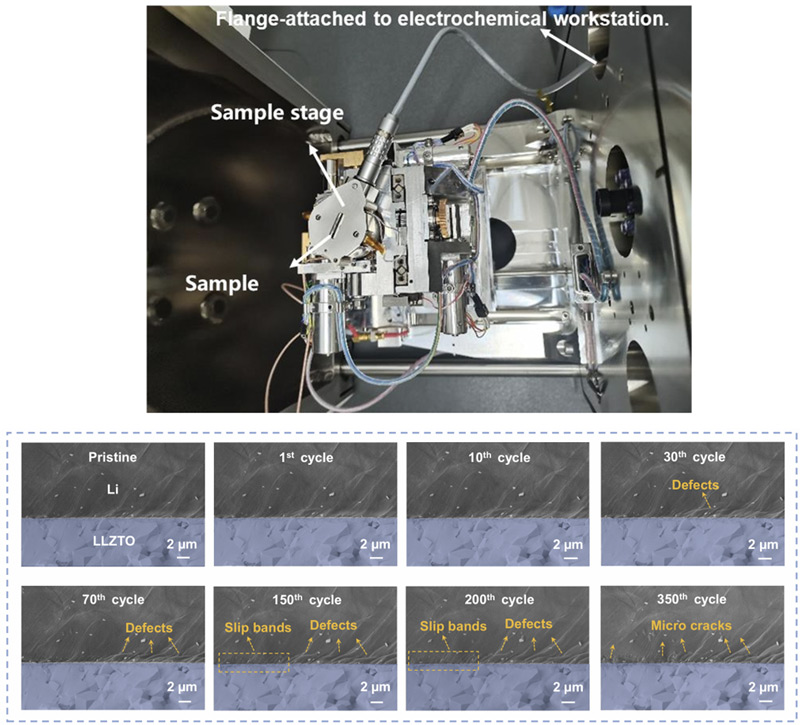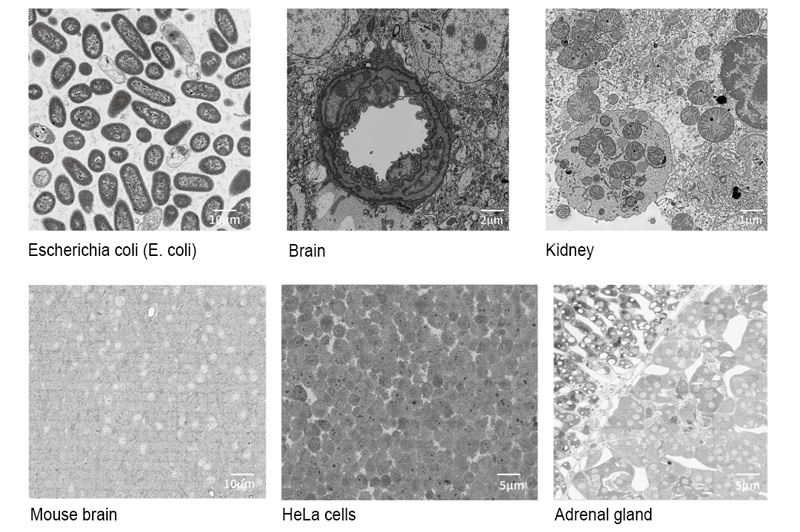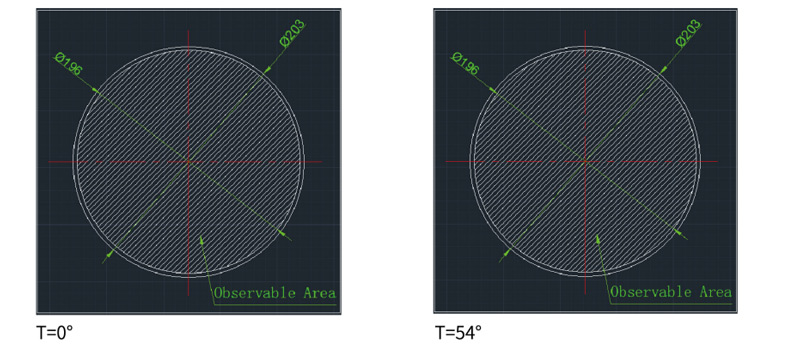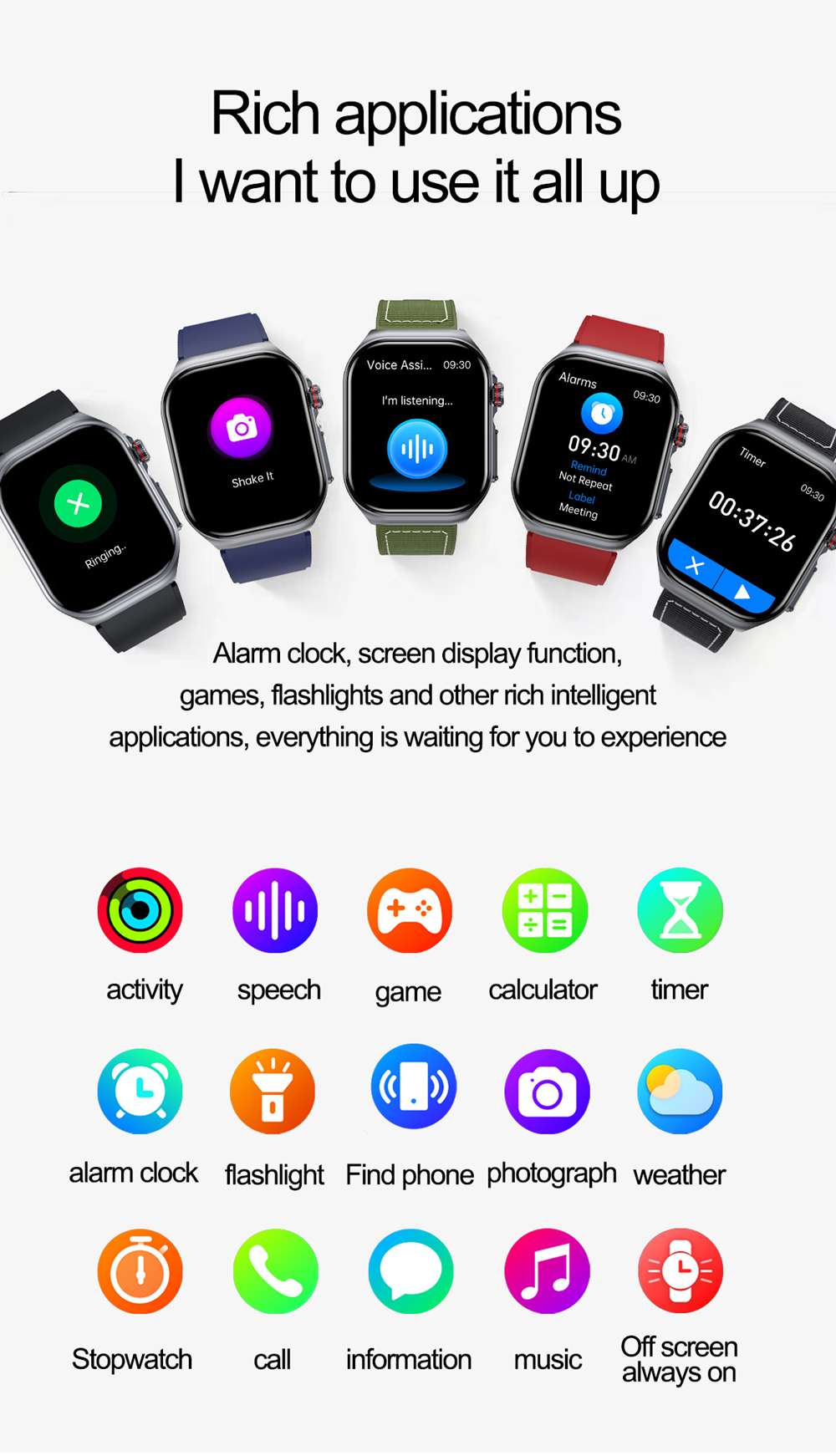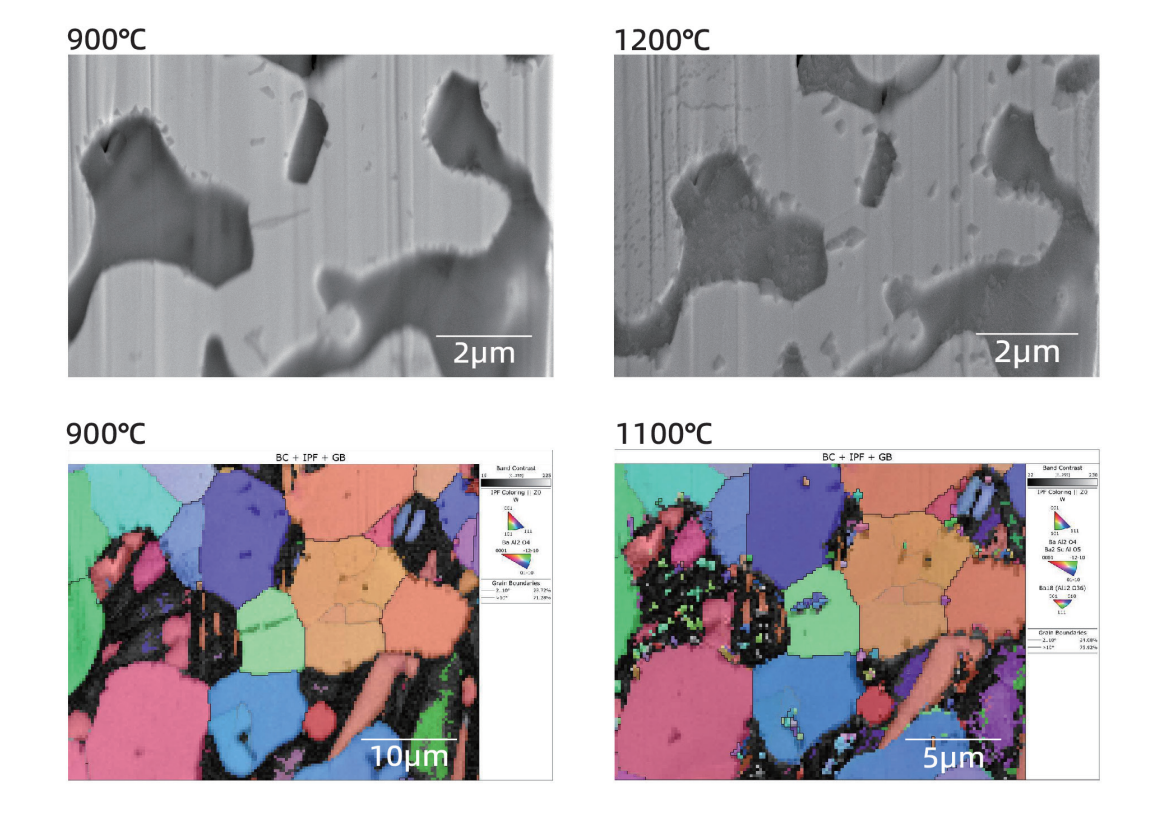In today’s era of rapid technological development, the performance and reliability of electronic components and devices have become the core focus of attention. This is especially true for devices operating in extreme environments, such as aerospace, automotive engine management, energy equipment, and oil drilling. For these applications, connector standards have reached a new level. In response to these challenges, WAIN Electrical has introduced high-temperature connectors (200℃), designed to maintain performance and reliability under extreme temperature conditions.
WAIN High-Temperature Series Connectors are certified in accordance with the DIN EN 60 664 / DIN EN 61 994 standards.

Product Advantages
High Reliability
Even in extreme temperature fluctuations, WAIN high-temperature series connectors provide stable power transmission and signal conduction.
Long Service Life
Made from high-quality materials and rigorously tested, WAIN high-temperature connectors have a long service life, reducing maintenance costs.
Strong Applicability
Whether exposed to continuous high temperatures or transient temperature rises, WAIN high-temperature connectors operate normally and are suitable for a variety of complex applications.
High Safety
With an IP65/IP67 protection rating, WAIN high-temperature connectors further enhance safety during use.
Technical Parameters
Number of Contacts:6,10,16,24
Rated Current:16A
Rated Voltage:500V
Rated Pulse Voltage:6kV
Contact Resistance:≤1mΩ
Wire Gauge:0.75-2.5mm²(18-14AWG)
Shell Protection Rating:IP65/IP67
Mating Cycles:≥500
Temperature Range:-40℃~+200℃
Contact Material:Copper Alloy
Connection Type:Screw Connection
Contact Plating: Gold/Silver Plating
Insulation Material:LCP
Sealing Component:FPM
Shell Material:Die-Cast Aluminum

All components of the WAIN high-temperature series connectors (including contacts, inserts, shells, seals, and grounding elements) are designed using high-temperature resistant materials, ensuring the product can operate stably within the specified temperature range.
·END·
WAIN is not only manufacturing, but also creating!
Any questions and ideas related to industrial connectors,
we welcome to discuss with you.

